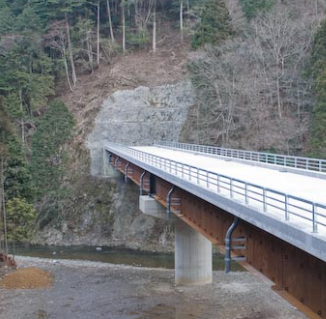
Courtesy of Also Sprach Analyst
Throughout the past many months, the perceived policy error of government stimulus have led parts of the government to think that it is inappropriate to stimulate like it did in 2008/09, fearing that it will fuel the real estate market, inflation, etc. As a result, despite the 20 trillion yuan in announcements of plans by many local governments, I have been very clear that the actual amount will not come anywhere near close to that. In fact, it probably will not even come close to RMB4 trillion market as it 2008/09.
But stimulus, such as it is, is flowing. Infrastructure investment growth picked up from negative territory early this year to positive. The chart below shows the 3-month moving average of year-on-year fixed asset investment growth in three major sectors, which collectively account for roughly 80% of all fixed asset investments:


One very obvious observation, of course, is the rapid pick-up in infrastructure investments growth since late 2008 and early 2009, which reflected the 2008/09 stimulus. We can also see the slump and subsequent pick-up in growth in real estate related investment around the same time, as well as the pick-up in investment growth in manufacturing, which is the biggest single sector in fixed asset investment.
As I have noted before, investment in the manufacturing sector is the biggest single contributor towards total investment and has slowed down very significantly in 2012 from previous levels. The same is happening to the real estate sector, although to a lesser extend.
The reduction in appetite in investment in manufacturing is not at all surprising, given weak external demand, overcapacity, as well as rising wages within China. It is not uncommon now to hear about foreign companies closing down factories in China and moving to other, even cheaper, places. Given the overcapacity (and among other reasons), there is no point in investing into even more productive capacity at the macro level, thus growth in investment is now much slower than in 2011. Nevertheless, it is still growing very quickly. Indeed, it is still growing way too quickly to be consistent with anything close to rebalancing. Similarly, the reduction of appetite in real estate investment came as no surprise when the real estate market cooled since late last year, although it has picked up somewhat in the recent months.
The most interesting bit, however, is investment into infrastructure. Investments into railways slowed down after the high-speed rail crash last year, and overall infrastructure investments in various sectors combined has fallen on a year-on-year basis for some months in late 2011 and early this year. Now, growth is turning positive, perhaps partly because of the calls to “stabilise growth” (although it remains nowhere near the 2008/09 stimulus), and partly because of low base for comparison as investment actually fell late last year and early this year. It will be debated as to whether the current pick-up in growth is in part due to the relatively weak growth back in late last year, which make the year-on-year growth figures seemingly strong now. If it is as simple as that, of course, the momentum will probably not last into Q2 of next year.
But for the moment, the pick-up in infrastructure investment, and perhaps to the lesser extent, the stabilisation of real estate investment, are offsetting the weakness in investment in manufacturing:
